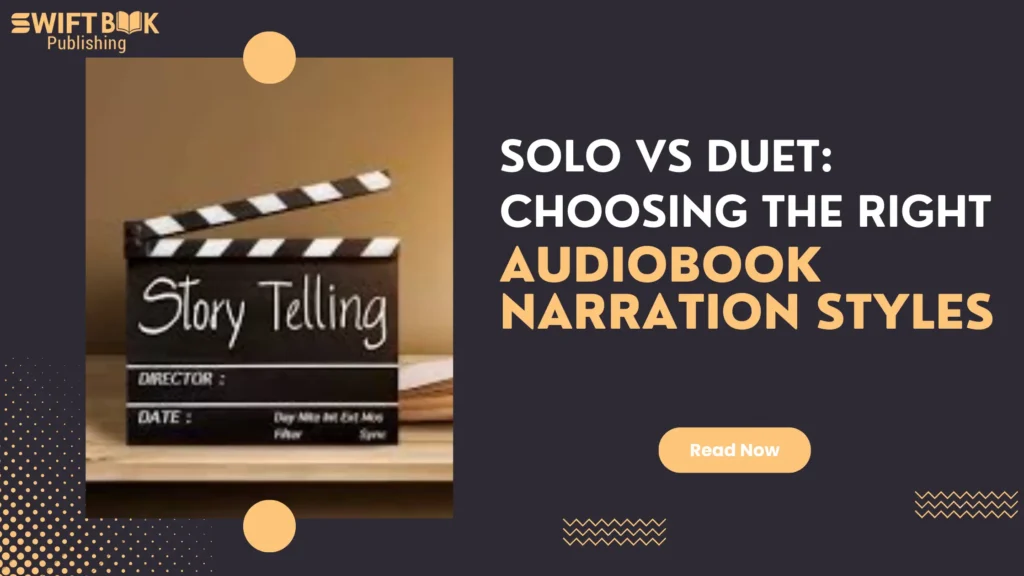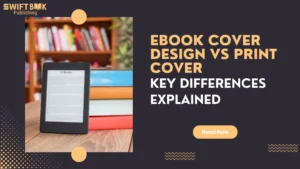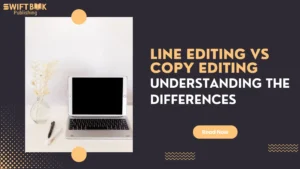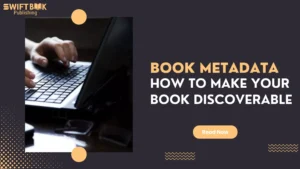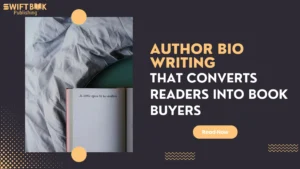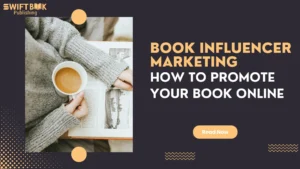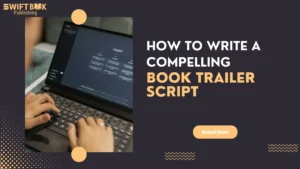When it comes to turning your book into an audiobook, there’s more to consider than just reading it aloud. One of the biggest decisions you’ll face? Picking the right audiobook narration styles.
From solo performances to full-cast productions, your narration style can completely change how your story feels to the listener. Some formats pull you into a character’s inner world. Others feel more like an audio drama. So how do you decide which one’s right for your book and your audience? Let’s break it all down.
Why Narration Style Matters
Just like book formats for genres influence how your audience engages with your story, narration style shapes the entire listening experience. The pacing, the tone, the number of voices, it all adds up.
For some books, a single narrator works perfectly. Others demand a full team. Choosing the right style isn’t about budget or trend. It’s about what suits your story, characters, and genre best.
This is especially important if you’re managing your own release through audiobook services. You’ll want to make sure you’re giving listeners the best version of your work.
The Main Audiobook Narration Styles
1. Solo Narration
A single narrator reads the entire book, voicing all characters and scenes. This is the most common format, and for good reason. It’s clean, intimate, and cost-effective.
Best for: memoirs, literary fiction, self-help, nonfiction
Why it works: Solo narration is great when the book has a consistent voice or when you want to create a deep connection between the narrator and listener.
Authors in self-publishing vs traditional publishing often go with solo narration due to its affordability and flexibility. It also pairs well with books that already have a strong author voice.
2. Duet Narration
Two narrators perform the book, usually splitting the chapters by character point of view. Think alternating perspectives, where each narrator sticks to one main voice throughout.
Best for: romance, dual POV fiction, thrillers
Why it works: It gives the characters their own voice without getting too complex.
If you’ve invested time working with a book editor to make your character voices distinct, duet narration can make those differences stand out even more.
3. Multicast (Full Cast)
This style uses several voice actors to perform different roles, almost like a radio play. There might be background sound effects or scene transitions to match.
Best for: fantasy, sci-fi, dramatic fiction, children’s books
Why it works: It makes complex stories easier to follow, especially with multiple characters or parallel storylines.
This style is great if you’re trying to collaborate with children’s book illustrators or build an immersive experience across formats, think eBook, print, and audio releases with a unified brand.
4. Custom or Hybrid
Some books blend styles. You might have a solo narrator with sound effects, or a duet with music. This can add flair, especially if you’re planning on tying it into a book trailer script or launching a multimedia campaign.
It’s also useful when you want to create unique content for repurposing book content into podcast episodes, teaser clips, or social media reels.
How to Choose the Right Style for Your Genre
Here’s a quick reference based on genre:
|
Genre |
Ideal Narration Style |
| Memoir | Solo |
| Romance | Duet |
| Fantasy | Multicast |
| Self-help | Solo or Custom |
| Children’s Books | Multicast or Hybrid |
| Thrillers | Duet or Solo |
| Sci-fi | Multicast or Hybrid |
Again, this isn’t gospel, but it’s a helpful guide when talking to audiobook services or voice talent. If you’re not sure what fits, try listening to samples in your genre and noting what holds your attention.
Working with the Right Voice Talent
Just like you wouldn’t skip editing your manuscript, you shouldn’t leave narration to chance. A professional narrator brings tone, pacing, and emotion that can elevate your story.
If your book was carefully polished with line editing vs copy editing, then delivery matters just as much. A flat read can ruin even the best-written paragraph. Look for narrators who match your story’s mood, whether that’s warm and personal or dramatic and energetic.
Many authors list their narrator alongside their name on audiobook listings. It’s part of your branding, like your author bio writing or book metadata.
Beyond the Book: Distribution and Strategy
Once your audiobook is ready, you’ll need to format and distribute it properly. This includes metadata tagging, setting chapter breaks, and securing your ISBN and barcodes for books if needed for audio formats.
You’ll also want to think about promotion. From book influencer marketing to snippets on social media, the audio version of your book opens new channels to reach readers (or, in this case, listeners).
If you’re planning an email campaign or press kit, your audiobook can tie in neatly with other assets like your ebook cover design vs print cover, giving your brand a more unified feel.
Benefits of Great Narration
- Professionalism: A polished audiobook builds trust with listeners.
- Accessibility: Audio helps you reach readers who prefer listening, on commutes, during workouts, or while doing chores.
- Marketing Power: Audio snippets are perfect for TikTok, YouTube Shorts, and IG reels.
- Brand Expansion: A good audiobook lets you stand out on platforms like Audible, Kobo, and iTunes.
And if your book sits in the nonfiction space, well-done narration also boosts credibility, especially when you’ve made the effort to fact-check nonfiction books and present verified content.
Conclusion
Choosing the right audiobook narration styles isn’t just about production. It’s about storytelling. Each style offers a different experience, and matching the right one to your genre is key to keeping listeners engaged from chapter one to the credits.
Whether you go solo, duet, or full cast, just remember: great audio isn’t just read, it’s performed. So take your time, listen to samples, work with pros, and don’t be afraid to experiment.
And if you’re still in the planning stages of your publishing journey, check out our guide on working with a book editor to get your manuscript in shape before you hit record.
